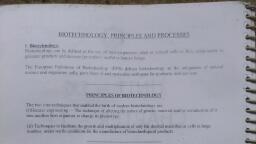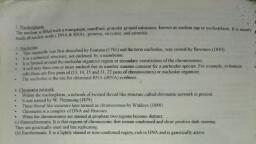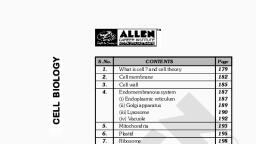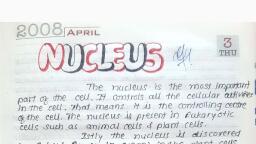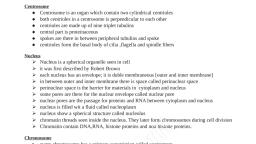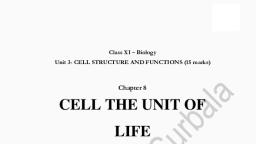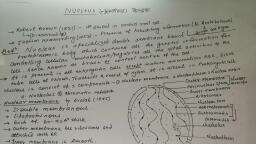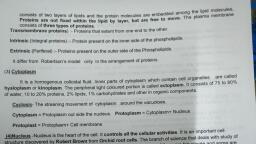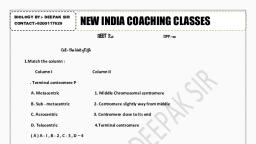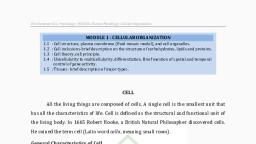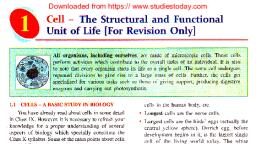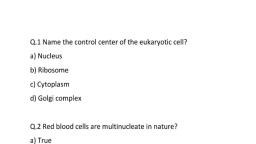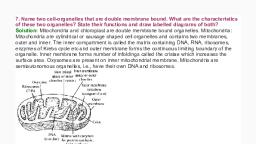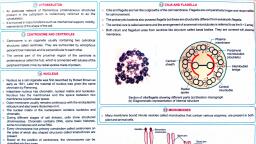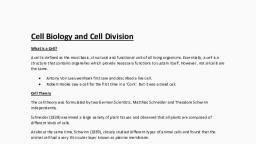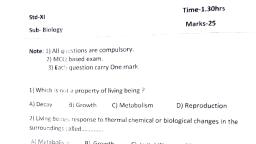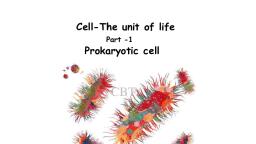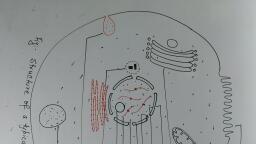Page 1 :
NUCLEUS, , * Nucleus is the most important part of the eukaryotic cell and was discovered by Robert Brown (1831)., , + It is aspherical, dark staining body present in the centre of the cell., , * Accell may have one nucleus (uninucleate) as in many plants and animals; or two nuclei (binucleate) as in, * a protozoa — Paramecium; or many nuclei (multinucleate) as in certain fungi (Rhizopus)., , + The multinucleated condition of the cells ts called coenocytic cells, , STRUCTURE OF NUCLEUS:, , A typical eukaryotic nucleus consists of the following components:, , Nuclear envelope or membrane. , * Nucleus is separated from its surrounding cytoplasm by a double layered nuclear membrane, , * — Each layer is a unit membrane structure of about 60 ° A thickness and is separated by a distance of 150-300 °A., , * The space in between the two nuclear membrane is known as perinuclear space., , * The outer nuclear membrane shows contact with endoplasmic reticulum at many points. It may also bear ribosomes., , + The inner membrane lies in contact with the, nucleoplasm., * The nuclear membrane is also interrupted by a number, of small structures cailed nuclear pore, * The pores are enclosed by circular structures called, annuli. The pores and annuli together form the pore, complex, co The pores help in exchange of materiais, between nucleoplasm (nuclear fluid) and, cytoplasm., o RNA and ribosomes leave the nucleus through, these pores, The nuclear envelope disappears during, cell, division and it reappears during nuclear, reorganisation, , °, , , , Nuclear Pore, , | _7 Ribesome, , Outer Membrane Euchromatin, , , , , , , (nner Membrane Endoplasmic, , Reticulum, , Heterochromatin, [Chromatin Thread, , Nucleoplasm, , Nusteols, , , , Perinuclear Space, , Structure of a typical nucleus.


